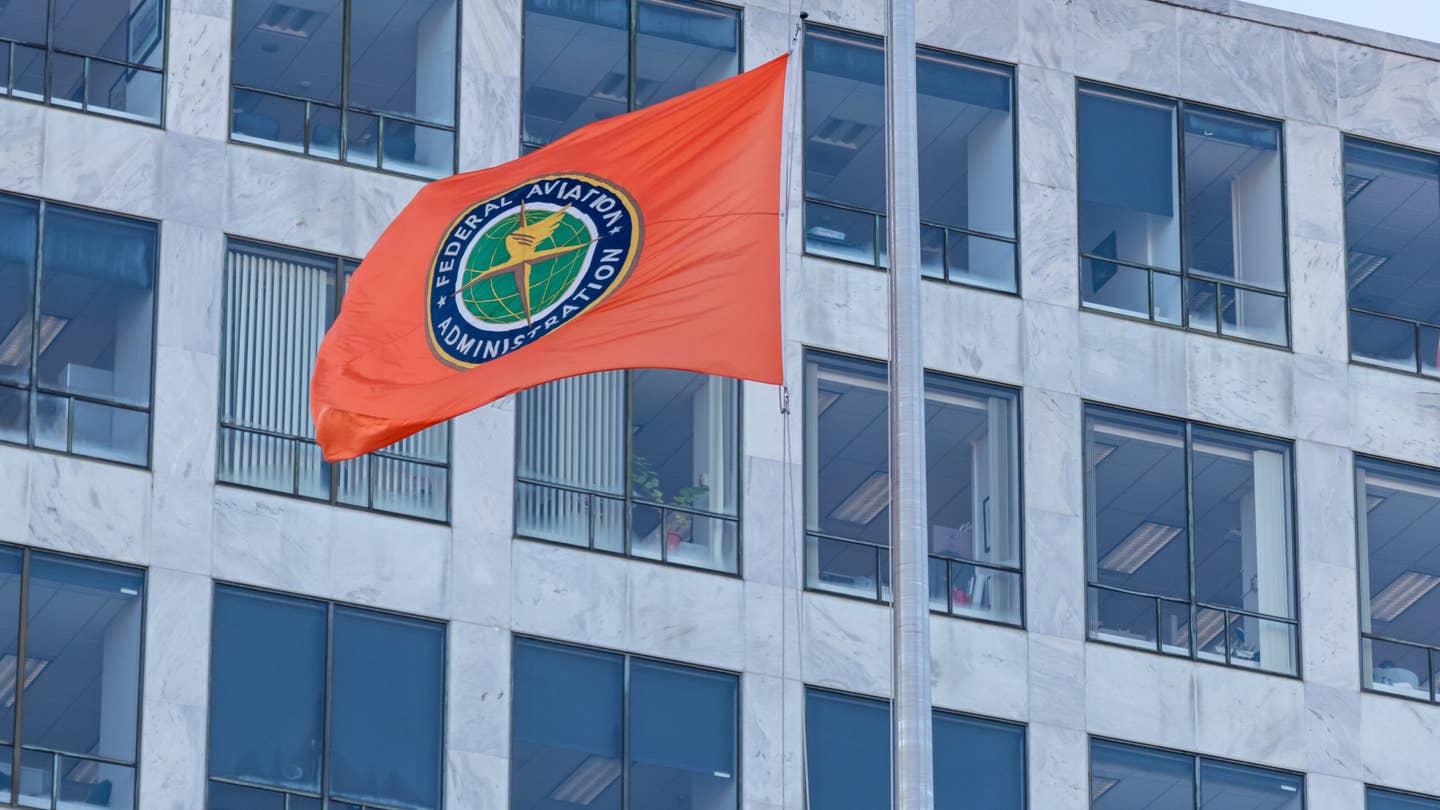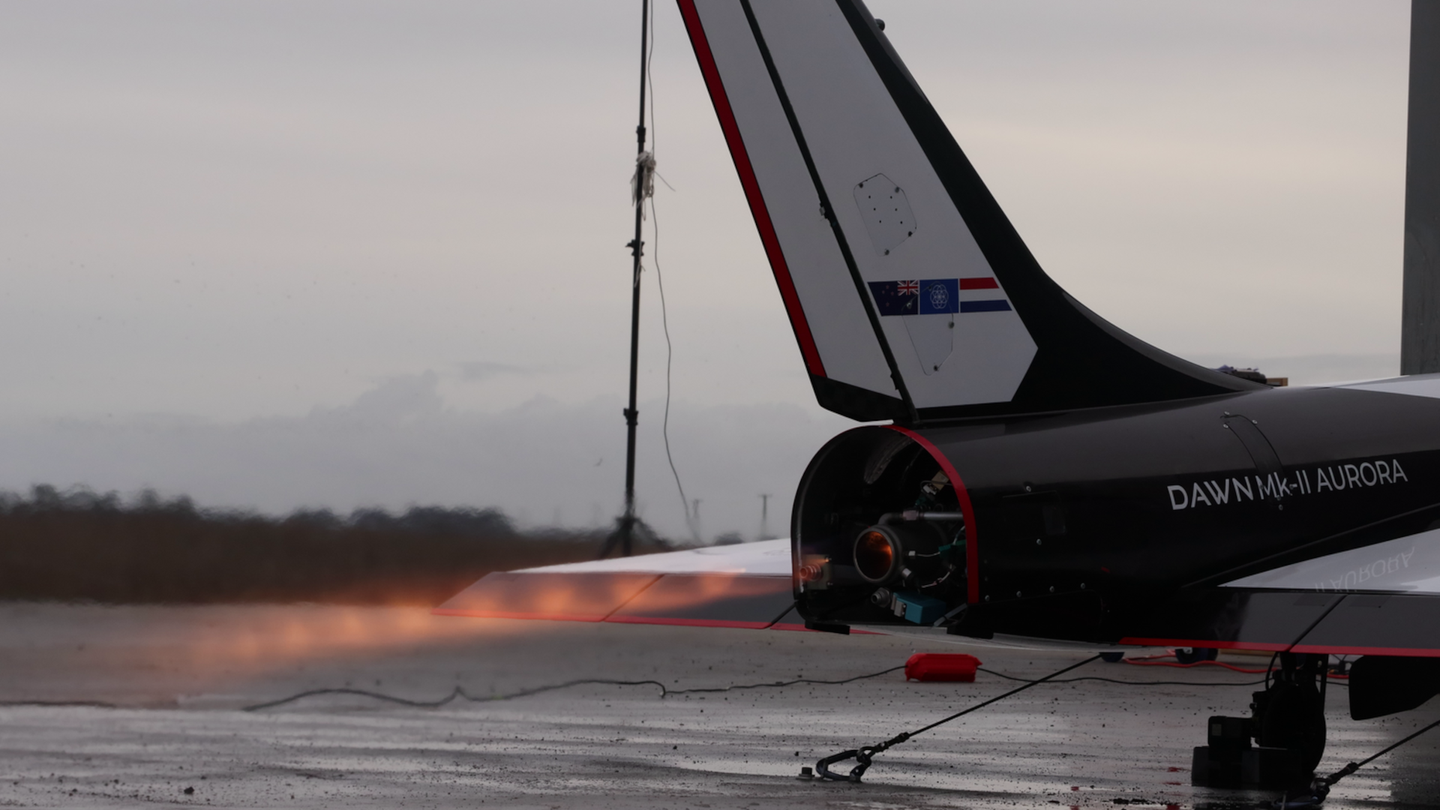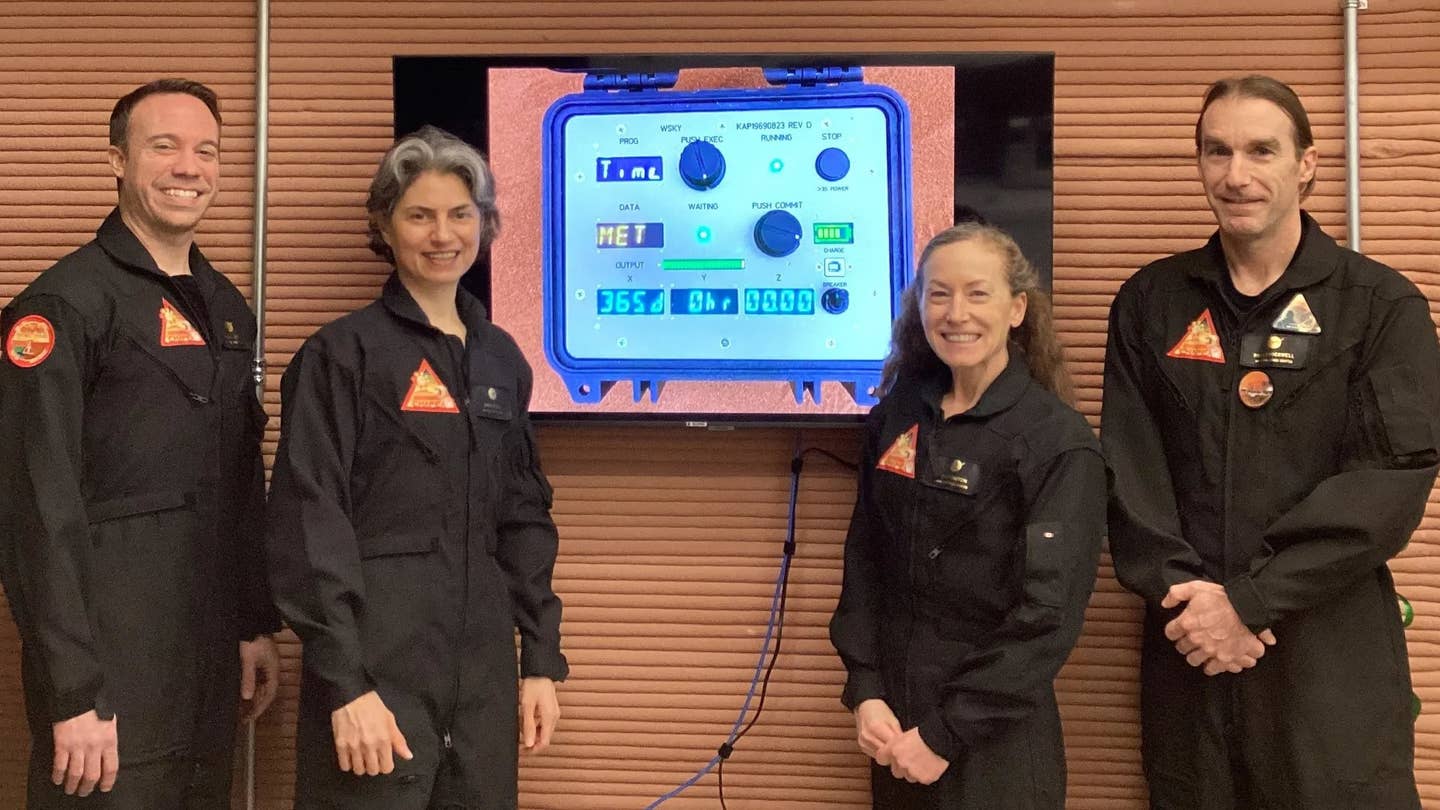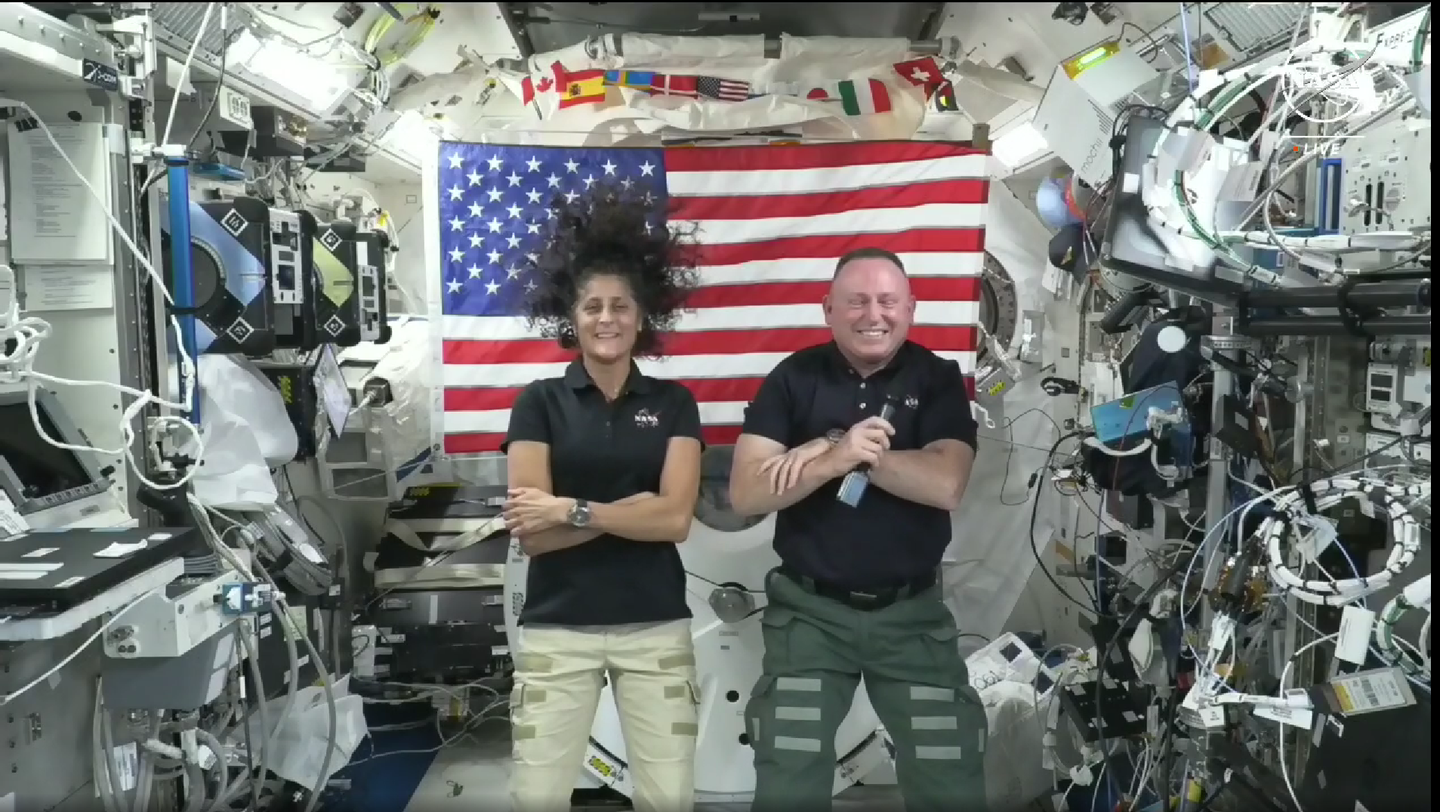Watchdog: FAA Staffing Struggles Could Hinder Human Spaceflight
GAO audit reveals ongoing hiring challenges that could slow progress on licensing and oversight.

Staffing problems within the FAA’s commercial space office risk slowing down industry development, according to the U.S. Government Accountability Office. [Photo: The Bold Bureau/Shutterstock]
An 18-month audit conducted by the U.S. Government Accountability Office found that hiring challenges at the FAA could hinder the growth of the human spaceflight industry.
The audit report, published Wednesday in response to a request from federal lawmakers, reviewed hiring policies within the agency’s Office of Commercial Space Transportation (AST) between August 2022 and February 2024.
In February, AST officials told GAO auditors that they had hired five staffers for the 10 positions for which they had been actively recruiting, and that one additional position was in the pipeline.
“These officials also said that they are devising a new strategy for their recruitment effort for the remaining four positions because they had not received an adequate candidate pool for these positions in this specialized field,” the GAO report said.
As it prepares to build staff capacity to expand its oversight of human spaceflight, AST’s hiring challenge is taking place alongside ongoing employment and workforce constraints, according to GAO. In eight of the past nine years, the number of AST staff employed has been fewer than the positions authorized, auditors found.
AST officials told GAO that training new staffers taxes the current staff, such as when credentialed inspectors provide training to newly hired inspectors.
“Officials told us that it can take up to two years to train new staff in evaluating license applications for operations with humans,” the report said. “This will continue with at least two of the new human spaceflight positions being filled with staff with no human spaceflight experience who will be shadowing experienced staff to gain skills.”
Auditors were also told that during a public meeting of FAA’s commercial space transportation advisory committee, AST leadership stated that, if its workforce could not keep up with the industry’s growth, it may have to begin “queuing” license applications, evaluating them as it has staff available instead of when they are received.
“This could affect the economic health and growth of the industry if operators experience delays in obtaining licenses and subsequently conducting operations,” GAO said. “And, as operators are delayed in testing and conducting operations without humans on board, the human spaceflight industry would likewise be affected.”
In 2018 GAO had made previous recommendations to help AST carry out its mission and help the office ensure its workforce was ready to oversee the industry. AST agreed, but as of November, it had only put in place two of GAO’s four recommendations.
“AST had not implemented our recommendations to develop a plan to periodically conduct skill gap assessments or develop workload metrics that would allow the office to determine an appropriate workforce size and composition,” GAO said. “Implementing these recommendations would help AST more strategically manage its workforce as the commercial space industry rapidly evolves and grows.”
More generally, a moratorium, in place since 2004, on developing rules on human spaceflight safety has constrained the FAA. The moratorium was meant as a “learning period” to allow the industry to gain the experience necessary to inform an appropriate set of regulations.
After several delays over the years, the moratorium was scheduled to be lifted on January 1. That date was delayed again as part of the FAA’s reauthorization extension passed by Congress in December. The moratorium is scheduled to be lifted when the extension ends on March 8.

Subscribe to Our Newsletter
Get the latest FLYING stories delivered directly to your inbox






